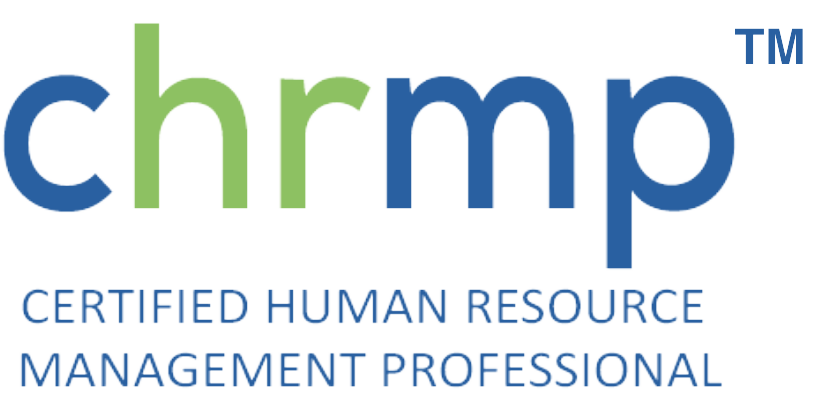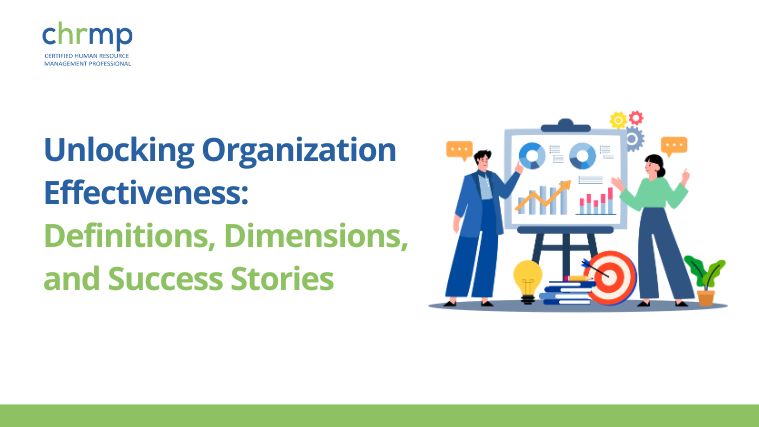Hema Markandan from Ripples Learning, in conversation with Abhipsa Mishra, L&T Infotech
Abhipsa Mishra is a leadership coach, an author, and a blogger. She is passionate about learning. She has designed and delivered learning interventions in BFSI, Pharma, and IT sectors. Abhipsa incorporates storytelling in L&D. She is currently working as the Behavioral Competency Lead for L&T Infotech Ltd. She loves traveling and exploring new places. She blogs about it in her page ‘Way wanderers’. She is currently working on her book on Experiential Learning.
When I sat down with Abhipsa Mishra to talk about the changes and challenges in the field of Learning & Development, I hoped for deeper insights into this exciting domain of HR. L&D is arguably the most celebrated aspect of HR and a domain that attracts individuals who are not just looking for a job but often, responding to a deeper calling within themselves.
The conversation with Abhipsa was deep and enriching to say the least. I have gleaned for our readers some of the best insights that I gathered from the discussion.
Here is the first part of this two-part series
1. The concept of training is being revisited. It is now called Learning & Capacity Building
When a field is going through a transition, the first thing that changes is it’s vocabulary.
The world of training has seen a transformation over the years. The bigger institutions and the corporate houses are already renaming and revisiting it. It is being referred to as Learning & Development and in some cases Capacity Building department. The recent trend we see is there is a shift from the training mode to the learning mode.
The essence is the learner. When it was referred to as training, it was more of a push from the organization’s end to up-skill an employee. But now the role is reversed and it is the employee who has to come forward and get upskilled as the competencies are mapped to the requirement. There are possibilities for IJPs in organizations. So learners here push for building their capacities and hence become the stakeholders of the companies.
2. Different strokes for different folks is the new mantra (& not just for cricketers)
Another transformation we hear about is the approach towards the delivery of training programs. Each trainer and the training delivery is different, like how cricketers play Cricket. There is as such no thumb rule to the style of delivery these days. There has been an influx of programs which are entirely new and refreshing.
For example, the concept of storytelling and incorporating it into the programs has gained immense appreciation among the training circles. Apparently, such concepts are quite interactive and engaging. Dramatics, Image consulting, Music and training by playing Harmonica or drum circles are other formats of delivery that’s finding their way into the training space. Every trainer has his/her own personality. Deriving management lessons from such concepts is becoming a phenomenon.
However, not all programs can be done differently. For a compliance workshop, storytelling is not the answer. So there is a need to constantly innovate and apply ideas according to the requirement.
3. Training has a voice at the strategic table
Training is not just a support function anymore. Firstly, it very much is an investment and an ROI is mapped, as the function goes on to bridge the gap and meets the requirements of clients, customers, vendors, regulators and stakeholders (learners) alike.
Secondly, training helps in revisiting the mission of the company. At a fast paced world things are changing at breakneck speed. When it is easy to diverge from the goal originally set and focus on the urgent things, sensitizing and training people will help develop the skills required currently, and also prepare for the challenges that lie ahead. It definitely adds a lot of value to all involved and hence it earns itself a good position at the strategic table.
4. There is no trainer in the room. Only learners.
A very common mistake is a trainer thinking he or she knows it all. There is no teacher-student relationship when it comes to training. There is nothing like one teacher and one learner, there are in fact two learners. Another common mistake or rather what a trainer should look out for is that no training program goes without a feedback session. The training should be measured on a continuous basis. Even after years of training, one will not be able to master the technique, because of the whirlwind of changes taking place in this world.
One needs to constantly discover and learn new techniques even for the most common behavioral training programs like Business Communication & Email Etiquette. Even if the sessions and the company you are working for remain the same, there is a new level of audience and requirements per se. Hence the style changes, the way you communicate changes, the approach changes.
5. Anything that cannot be measured cannot be implemented.
We are still in the early stages of being able to effectively measure effectiveness of training. Even if Behavioral training programs are difficult to measure, it is not completely impossible. Improving on the delivery and revisiting the content and customizing the program to fit the needs is equally important as having different models of programs.
(Resultslab is a solution from Ripples Learning which companies use, to help measure training effectiveness)






